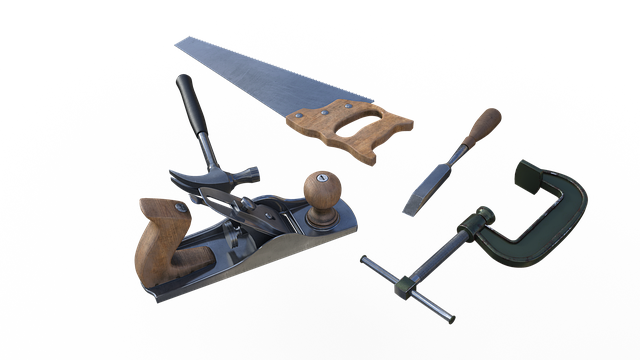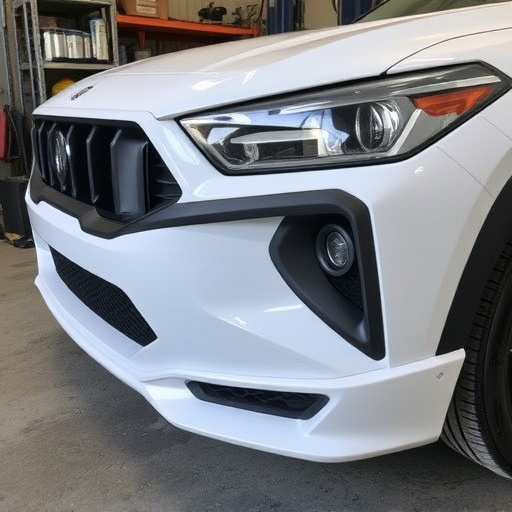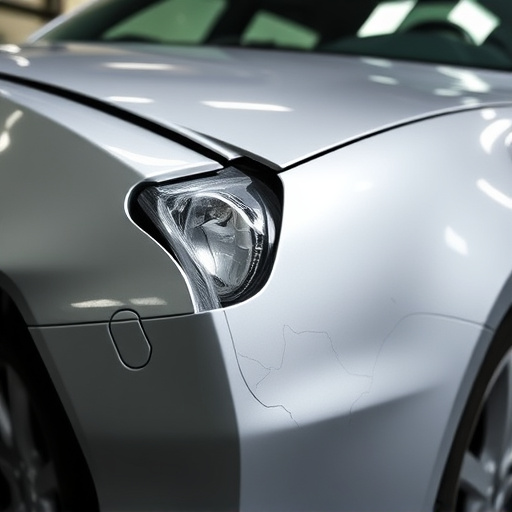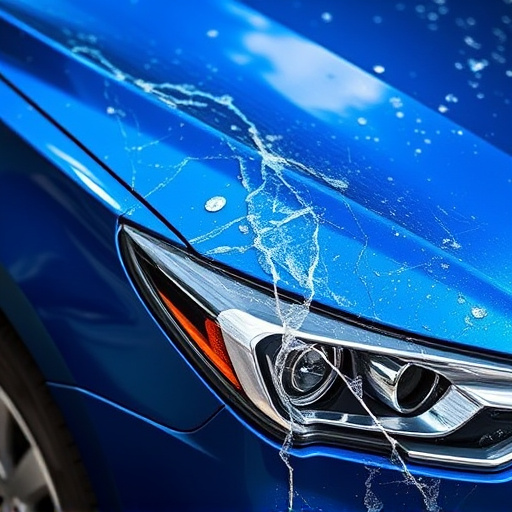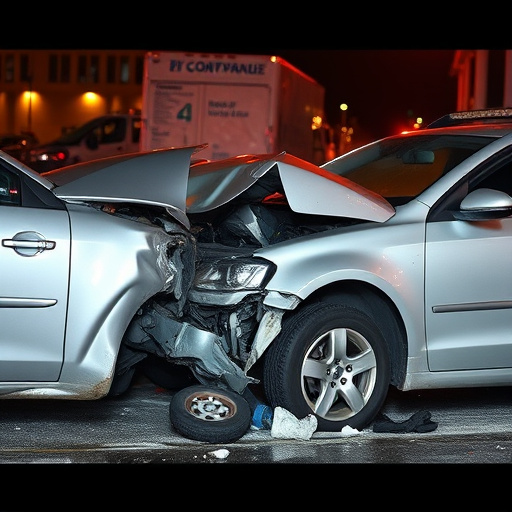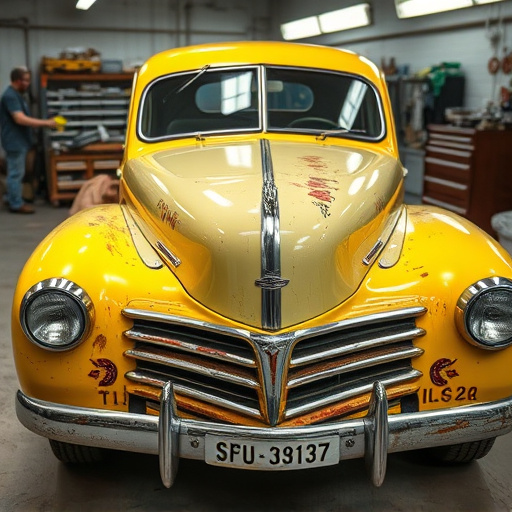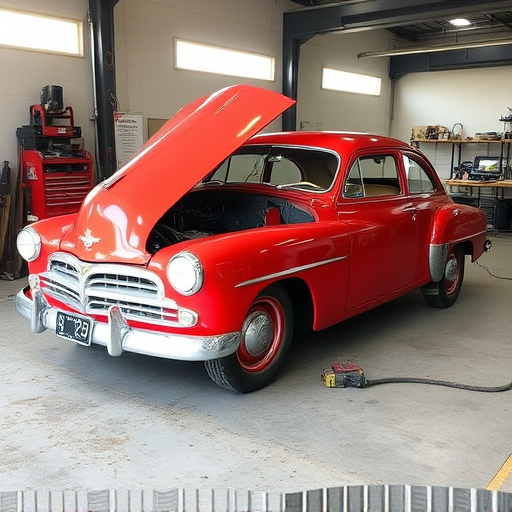Understanding seam sealer composition is vital before application, as different materials pose varying risks and safety considerations. To mitigate risks of skin irritation, respiratory issues, and environmental contamination, consult MSDS, follow manufacturer guidelines, ensure proper ventilation, use PPE, and adhere to recommended application techniques. Safety precautions include wearing PPE, ensuring proper ventilation, and meticulous surface preparation for optimal sealer performance. Post-application, robust quality control and maintenance checks guarantee durability and aesthetics of sealed joints.
Seam sealing is a crucial process in ensuring product quality and durability, especially in industries like manufacturing and construction. However, proper application of seam sealers is essential to avoid risks associated with their composition. This article delves into the safety and quality control aspects of seam sealer application. We explore best practices for handling these potent substances, from understanding their chemical makeup to implementing post-application checks, ensuring optimal results while mitigating potential hazards.
- Understanding Seam Sealer Composition and Risks
- Safe Handling Practices for Optimal Application
- Quality Control Measures After Seam Sealing Application
Understanding Seam Sealer Composition and Risks
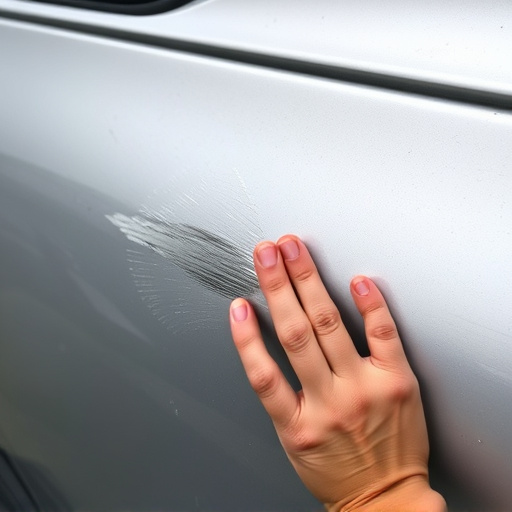
Understanding the composition of seam sealers is paramount before application, as different materials pose varying risks and safety considerations. Seam sealers, used in processes like auto glass repair or automotive collision repair at a well-equipped collision repair center, are comprised of diverse components including adhesives, fillers, and curatives. These elements can range from harmless substances to potentially hazardous chemicals that require specific handling procedures for safe application.
Risks associated with improper seam sealer usage include skin irritation, respiratory issues, and environmental contamination. It’s crucial to consult material safety data sheets (MSDS) and follow manufacturer guidelines to mitigate these risks. Professional collision repair centers prioritize quality control by ensuring proper ventilation, using personal protective equipment (PPE), and adhering to recommended application techniques for both safety and optimal sealer performance in auto glass repair or other collision repair tasks.
Safe Handling Practices for Optimal Application

When applying seam sealer, safety should be a top priority to ensure both optimal results and the well-being of those involved. Proper protective equipment, including gloves, goggles, and respirators, is essential to shield against direct contact with the product’s chemicals. Adequate ventilation in the work area is crucial as well, as seam sealers often emit volatile organic compounds (VOCs) that can be harmful if inhaled.
For the best application, it’s important to follow recommended surface preparation procedures specific to the material being sealed—whether it’s a car body restoration, collision repair on a Mercedes-Benz, or any other project. This typically includes cleaning, sanding, and priming to ensure the seam sealer adheres properly and creates a durable bond. Following manufacturer guidelines for application techniques, such as roll or brush application, will also contribute to consistent quality control throughout the process.
Quality Control Measures After Seam Sealing Application
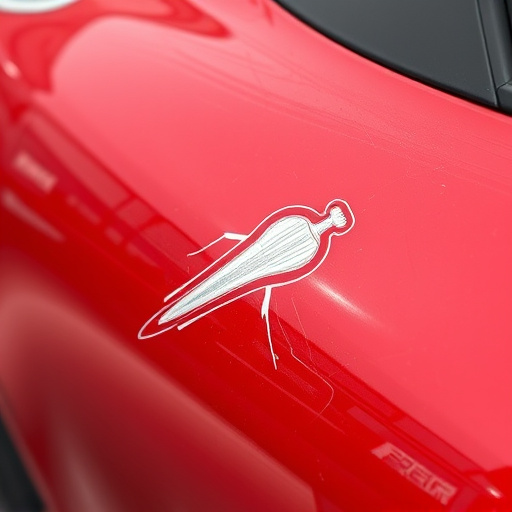
After applying seam sealer, implementing robust quality control measures is paramount to ensure the durability and aesthetics of the sealed joint. This involves meticulous inspection for any signs of uneven application, air bubbles, or visible gaps, as these imperfections can compromise the integrity of the seal. Using a flashlight or magnifying glass can aid in detecting subtle issues that might be missed by the naked eye.
For car restoration or paint repair projects where precision is key, additional quality control steps like touch-up painting and scratch repair are essential. This meticulous process ensures that the sealed seam blends seamlessly with the surrounding surface, maintaining the car’s overall appearance and value. Regular maintenance checks post-application also help identify any potential issues early on, preventing them from escalating and requiring more extensive repairs.
When it comes to seamless sealing, proper safety and quality control are paramount. By understanding the composition of seam sealers, implementing safe handling practices, and adopting robust quality control measures, professionals can ensure optimal results. These steps not only protect workers but also guarantee durable, high-quality finishes, making seam sealer application a reliable process for various industries.

